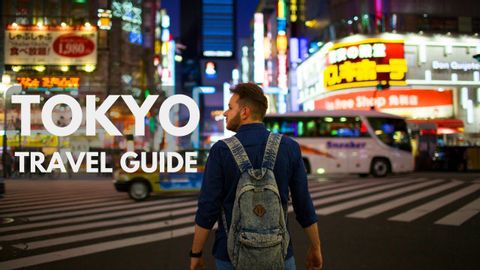
Subtitles & vocabulary
TOKYO Travel tips | Watch BEFORE you go!
00
周建丞 posted on 2020/04/20Save
Video vocabulary
express
US /ɪkˈsprɛs/
・
UK /ɪk'spres/
- Transitive Verb
- To send something by fast mail
- To state or show what you think or how you feel
- Adjective
- Sent by a fast mail service
- Traveling at high speed
A1TOEIC
More separate
US /'sepəreɪt/
・
UK /'sepəreɪt/
- Adjective
- Being different from or unrelated to another
- Not connected; different.
- Transitive Verb
- To divide two things by being in between them
- To move things away from each other
A2TOEIC
More quality
US /ˈkwɑlɪti/
・
UK /'kwɒlətɪ/
- Noun (Countable/Uncountable)
- Feature associated with someone or something
- High level of worth or excellence
- Adjective
- Of a high standard
A2TOEIC
More Use Energy
Unlock All Vocabulary
Unlock pronunciation, explanations, and filters
